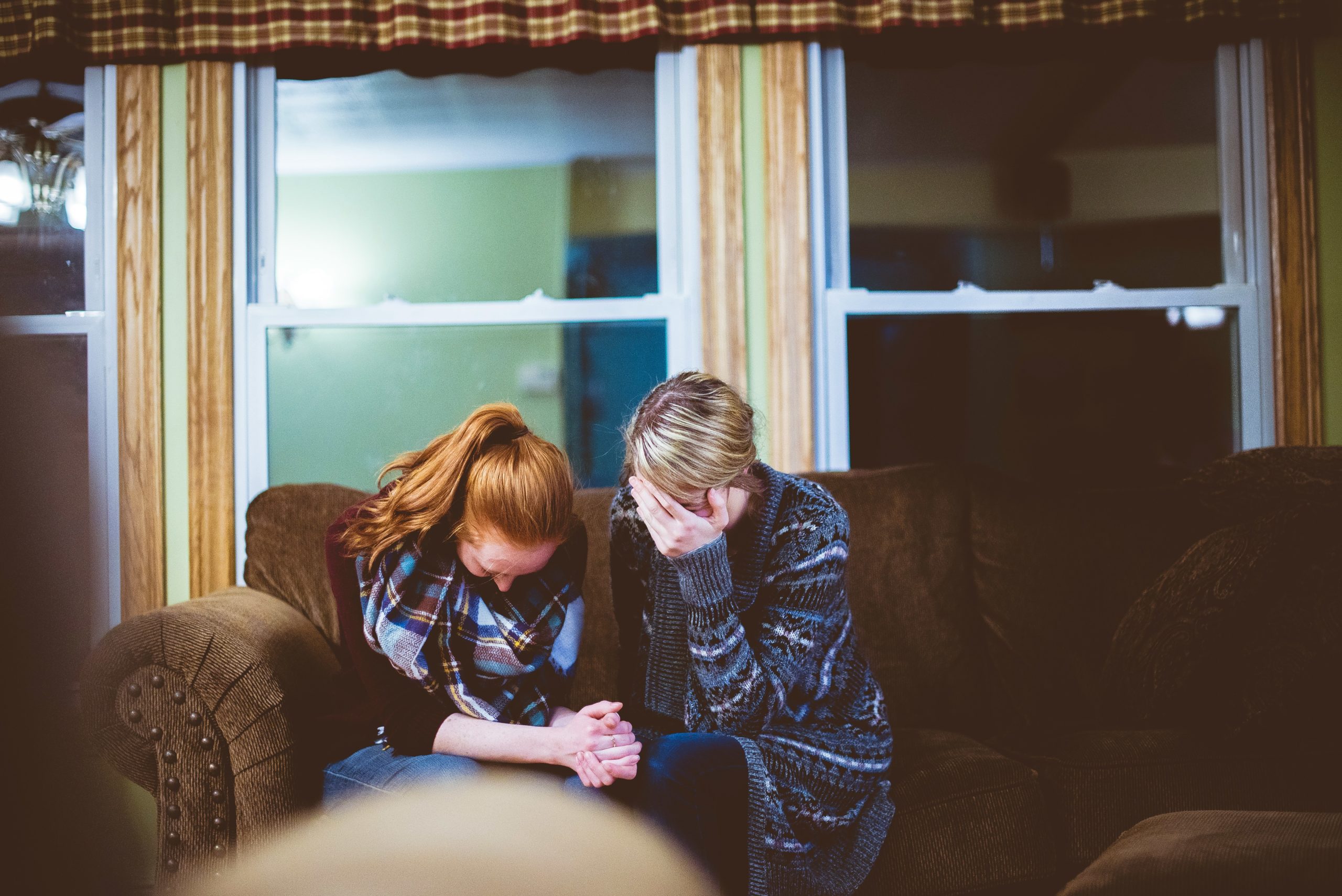
By Dr Hannah Absalom, University of Birmingham
The social housing sector has long been seen as a vital safety net, providing affordable homes to millions across the UK. However, in today’s social and political climate, the sector faces an urgent need to reassess its social purpose, particularly in light of Labour’s ambitious goal to halve violence against women and girls (VAWG). One of the most critical intersections of this issue is domestic abuse—a pervasive problem that not only devastates lives but also undermines the fundamental concept of what a home should be: a place of safety, security, and wellbeing.
Rethinking social purpose: from shelter to safety
The social housing sector has traditionally focused on providing shelter, with the primary objective being the provision of affordable and secure tenancies. However, this mission must evolve. To contribute meaningfully to Labour’s goal, the sector must broaden its understanding of social purpose to encompass not just the provision of housing and investment in communities, but the active promotion of safe and supportive environments for all tenants, particularly those experiencing domestic abuse.
Domestic abuse is not just a personal issue; it’s a societal one, deeply intertwined with housing. Research shows that a stable and secure home is often the first step for survivors seeking to escape abusive situations. Yet, too often, the social housing system fails to adequately address this need. Homes are provided, but the additional support required to ensure these homes are truly safe and conducive to healing is frequently lacking. This is where the sector must step up, rethinking its role from a passive provider of housing to an active participant in the fight against domestic abuse.
Integrating the prevention and response to domestic abuse as a core purpose
To effectively contribute to halving VAWG, the social housing sector must integrate the prevention and response to domestic abuse into its core mission. This requires a multi-faceted approach:
- Safe housing policies: Social landlords should implement policies that prioritise the safety of tenants. This could include the provision of secure tenancies specifically designed for survivors of domestic abuse, allowing them to move without fear of losing their housing rights. Additionally, fast-tracking repairs and modifications to make homes safer, such as installing reinforced doors or alarm systems, should be standard practice.
- Training and awareness: Housing staff are often the first point of contact for tenants experiencing domestic abuse. Training for all staff—from maintenance workers to housing officers—on how to recognise the signs of abuse and respond appropriately is essential. This could include partnerships with specialist domestic abuse services to ensure staff can offer informed and compassionate support.
- Collaborative support networks: The social housing sector should work closely with local authorities, police, and domestic abuse charities to create a holistic support network for survivors. This could involve co-locating domestic abuse advisors within housing offices or establishing referral pathways that make it easier for tenants to access help.
- Prevention through relationship education: Educating tenants, staff, and the broader community about healthy relationships and the signs of domestic abuse can be a powerful tool in prevention. Housing associations can collaborate with local schools and community groups to run workshops or distribute materials that raise awareness, fostering a culture of support and understanding. By engaging both adults and young people, these initiatives can empower individuals to seek help early and build a community-wide network of prevention before violence escalates.
Tackling domestic abuse: beyond housing
The argument that tackling domestic abuse should be a core purpose of social housing is not just about providing physical security; it’s about fostering environments where tenants can thrive without fear. By making domestic abuse prevention and response a central element of their social purpose, social housing providers can play a crucial role in reducing VAWG.
Moreover, this approach aligns with broader societal goals. Reducing domestic abuse contributes to improved health outcomes, reduces the burden on social and NHS services, and fosters more resilient communities. When survivors of domestic abuse are supported to rebuild their lives, they are more likely to engage positively with their communities, maintain stable tenancies, and contribute to the economic and social fabric of society.
A call to action
The social housing sector stands at a crossroads. It has the potential to be more than just a provider of affordable homes; it can be a key player in the fight against domestic abuse and VAWG. This requires a shift in mindset—from viewing housing as merely a roof over one’s head to seeing the home as a foundational element of a safe and supportive society.
Labour’s goal to halve VAWG is ambitious, but it is achievable. The social housing sector must embrace this challenge, rethinking its social purpose to ensure that every home it provides is not just a place to live, but a place where all tenants, especially women and girls, can live free from fear and violence.
The views and opinions expressed in this article are those of the author and do not necessarily reflect the official policy or position of the University of Birmingham.
